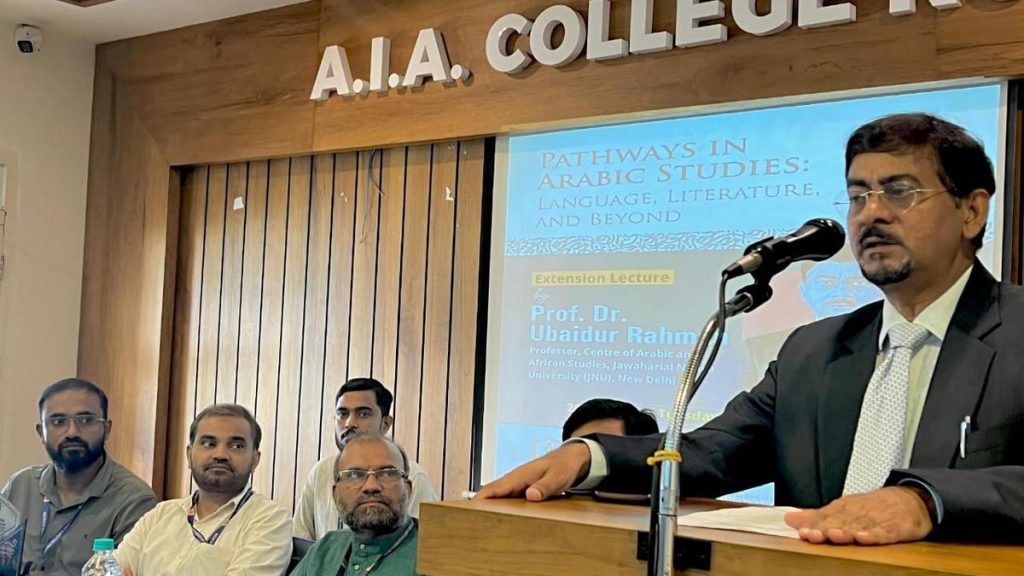Now Reading: Supreme Court Strikes Down Key Environmental Law
-
01
Supreme Court Strikes Down Key Environmental Law
Supreme Court Strikes Down Key Environmental Law

Quick Summary
- The U.S. Supreme Court ruled in favor of a planned 88-mile Utah railway connecting oil fields in northeastern Utah to national rail networks and Gulf Coast refineries.
- Proponents argue the railway could quadruple Uinta Basin’s oil production, improve transportation efficiency, and boost local economic development.
- Critics, including environmental groups and Eagle County, Colorado, highlight concerns such as possible derailments into the Colorado River (a key water source for 40 million people), increased methane emissions from oil fields, air pollution in Gulf Coast refining communities, and climate impacts tied to expanded fossil fuel production.
- A 2021 Environmental Impact Statement (EIS) identified “notable adverse impacts” ranging from disruptions to wetlands to larger regional effects associated with oil drilling and refining.
- Lower courts had ruled that federal agencies failed to adequately consider wider environmental harms in their review process under NEPA guidelines. Though, the Supreme Court overturned this ruling with an 8-0 decision.
- Justice Brett Kavanaugh led the majority opinion stating that NEPA’s scope should not expand beyond its procedural mandate into broader project opposition arguments. Justice Sonia sotomayor concurred but framed her reasoning differently.
- Stakeholders provided sharply divided responses: rural Utah officials hailed it as a milestone for regional stability; environmental advocates pledged continued opposition.
Indian Opinion Analysis
The court’s ruling redefines how federal agencies apply NEPA while permitting controversial projects-placing greater emphasis on streamlined reviews over comprehensive impact analyses.For India, this marks an crucial precedent given its own reliance on rapid infrastructure development amid increasing energy demands. Balancing economic incentives with long-term environmental sustainability remains a shared challenge globally.
While India might look at such legal resolutions for insights into handling similar tensions between growth-oriented policies and ecological safeguards under its Environmental Impact Assessment processes (EIA), it also highlights risks of sidelining scientific input or public accountability during such deliberations. This underscores India’s ongoing need for robust policy frameworks that weigh social welfare against industrial benefits without diluting constitutional commitments toward environmental protection.

























